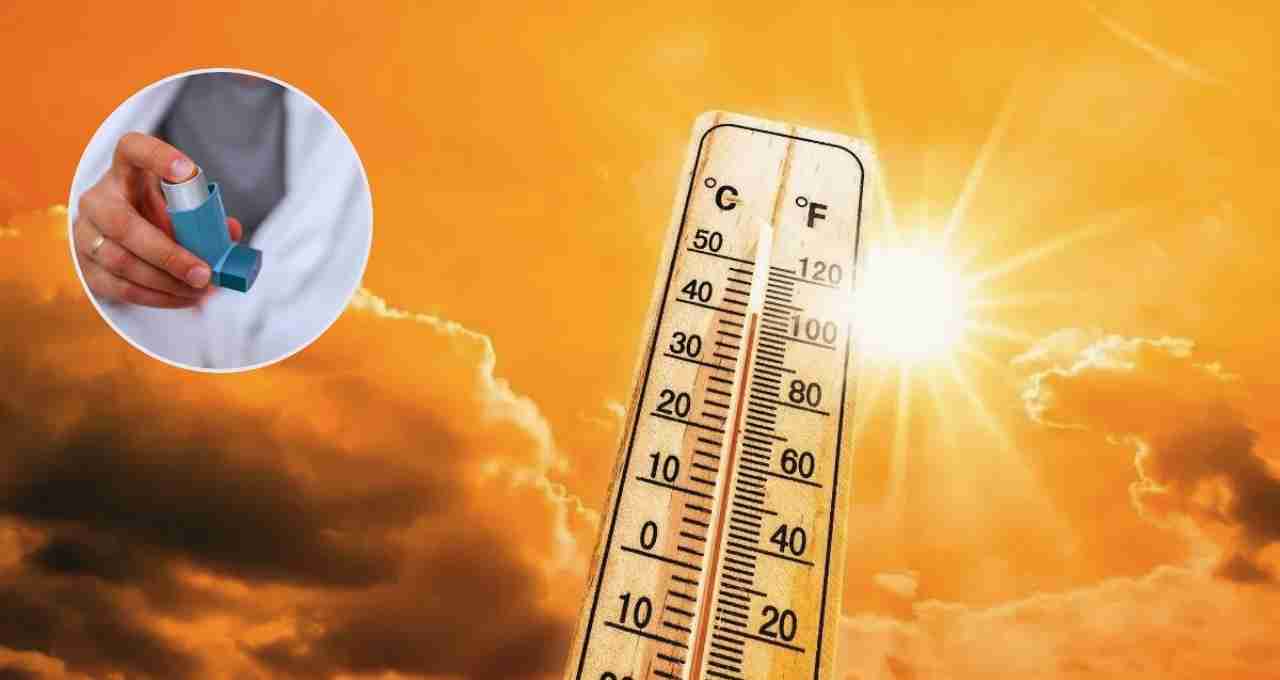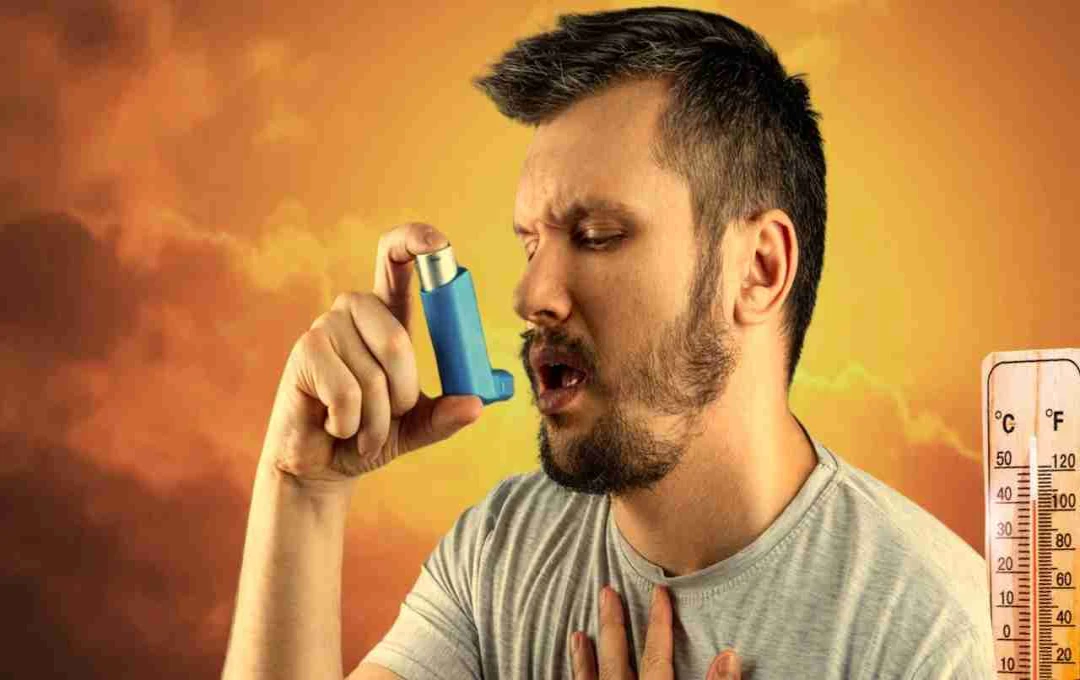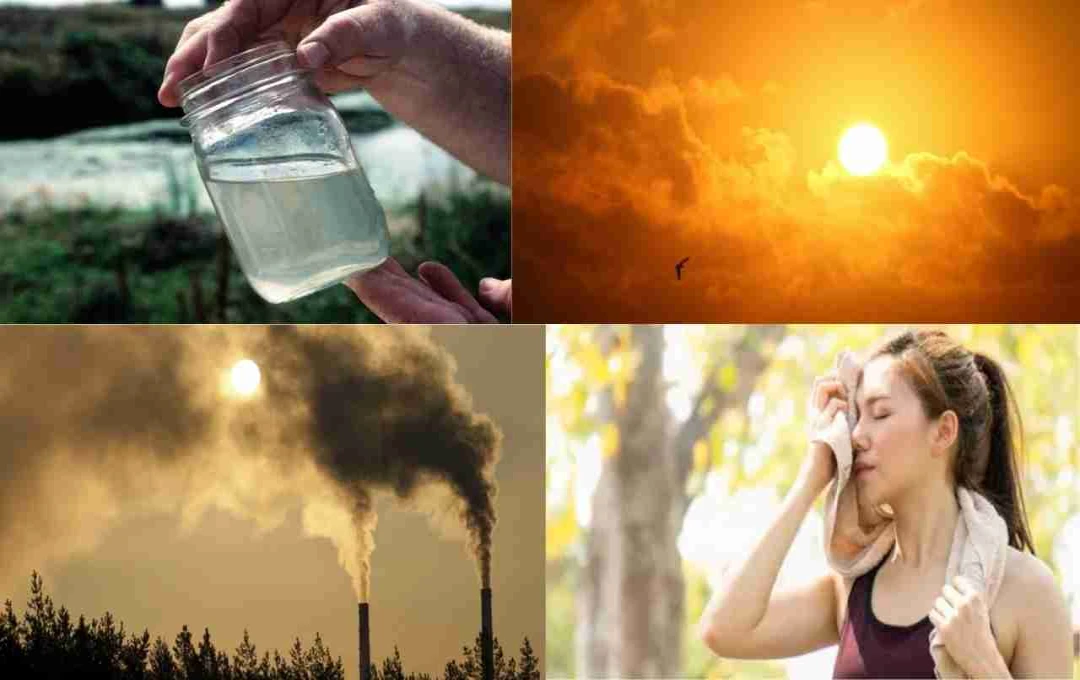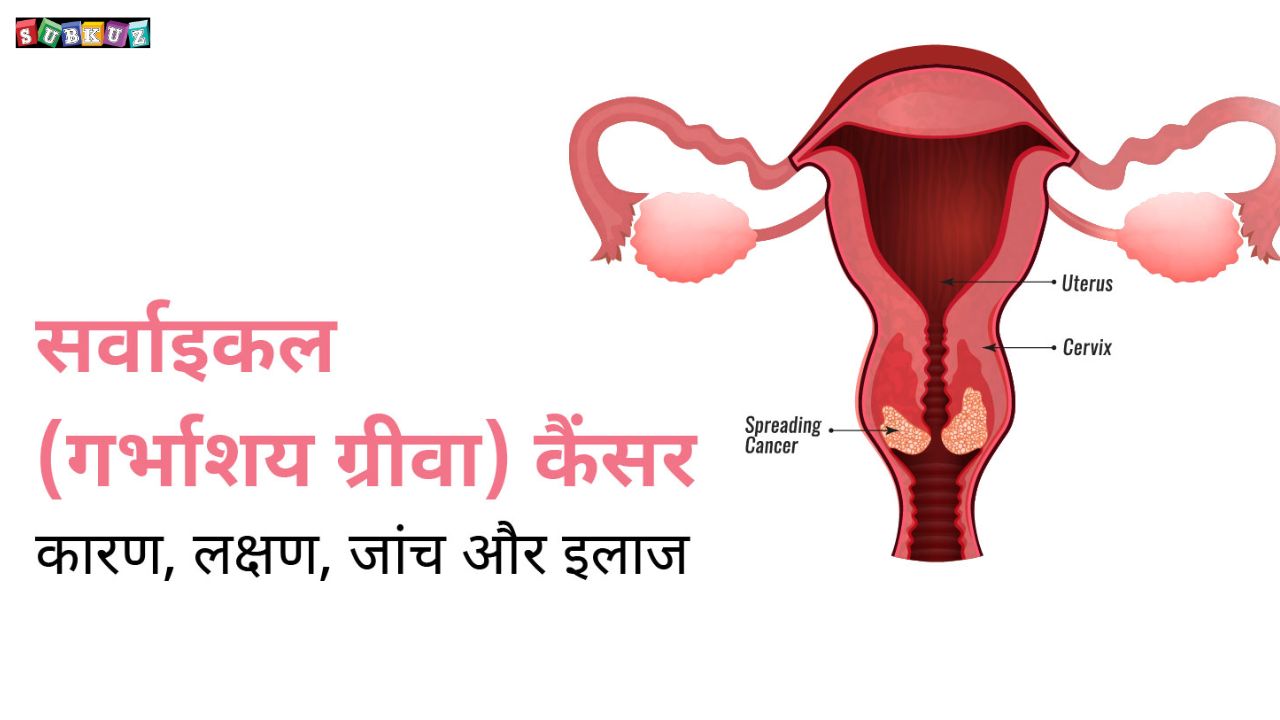Summer can be challenging for asthma sufferers, especially when heatwaves and pollution levels are high. The heat disproportionately affects asthma patients, as dry heat, pollution, and allergens can exacerbate their symptoms. Here, we explore how heatwaves impact asthma and steps you can take to protect your lungs during this season.
Asthma: A Serious Respiratory Condition
Asthma is a chronic respiratory illness causing the airways in the lungs to become narrow and inflamed. This restricts airflow, making breathing difficult. Asthma's impact can gradually worsen or manifest as sudden attacks. Symptoms include shortness of breath, chest tightness, coughing, and wheezing.
Several factors can trigger asthma, including environmental pollution, dust, smoke, pet dander, sudden weather changes, or family history. It can affect people of any age, but children and the elderly are at higher risk. However, there's no need for undue alarm; with proper information and timely treatment, asthma can be effectively managed.
The Link Between Heatwaves and Asthma

During summer, asthma patients face several challenges from heatwaves. Rising temperatures dry the air, leading to inflammation and irritation of the respiratory tract. Dehydration thickens mucus in the lungs, further hindering breathing and increasing the risk of asthma attacks. Air pollution exacerbates these symptoms. For these reasons, asthma sufferers must exercise extra caution during summer.
Asthma Symptoms and Signs
Asthma involves the constriction of lung airways, making breathing difficult. Symptoms can develop gradually or appear suddenly. Common symptoms include breathing difficulties, especially during exertion (like running or climbing stairs), chest heaviness or tightness, and persistent coughing, often worse at night or in the morning. Wheezing is another significant indicator.
Symptoms vary among individuals and can be intensified by weather changes, allergies, or pollution. Don't ignore recurring problems; they may signal asthma. Seeking timely medical attention is crucial for diagnosis and treatment to prevent complications. Asthma is manageable with the right information and precautions.
Preventing Asthma Attacks During Summer

- Stay Indoors: Minimize outdoor exposure, especially during peak afternoon heat. If venturing out is necessary, do so early in the morning or evening when temperatures are lower. Use curtains or blinds to keep the home cool.
- Maintain a Cool Indoor Environment: Use fans, air conditioners, or cool showers to stay comfortable and mitigate asthma symptoms. Consider an air purifier to remove dust and pollutants.
- Drink Plenty of Water: Hydration is crucial. Drink water throughout the day, even if you don't feel thirsty. Staying hydrated prevents mucus thickening and helps regulate body temperature.
- Monitor the AQI (Air Quality Index): Pollution affects asthma. Use apps like AQI India or SAFAR-Air to check pollution levels. Stay indoors when pollution is high.
- Consult Your Doctor: Discuss your medication with your doctor before summer begins. They may adjust dosage or type to prevent severe attacks. Regular checkups are essential.
- Wear a Mask or Scarf: Wear a mask outdoors, especially in polluted urban areas. An N95 mask offers better protection. A light cotton scarf can also provide some protection.
- Be Mindful of Exercise Timing: Avoid strenuous outdoor exercise in the heat. If exercising, do so early in the morning or indoors. Outdoor exertion in the heat can worsen asthma symptoms.
- Manage Indoor Allergens: Regularly clean bedding and carpets to reduce dust and allergens. Use a HEPA-filtered vacuum cleaner. Avoid indoor plants that produce mold or pollen.














